What you need to know about automotive wiring
Of all the DIY tasks undertaken by gearheads, none seems quite as loathed as wiring repairs. The colorful bundles and connectors snaking throughout our beloved vintage cars are inescapable: From brake lights to radios and ignition systems, so many functions of your car depend on the wiring harness. Repairing it yourself is not nearly as scary as you may imagine, either. Automotive electrical systems are very much like tires—ignorance is not bliss, and a lack of knowledge can actually be dangerous.

Routine checks of significant electrical components can make your car safer and more enjoyable to drive. The most common electrical problems—loose connections, corrosion, bad grounds, or plain ol’ deterioration—are simple to diagnose and fix, so there is no reason to wait until a faulty harness leaves you stranded. You don’t need to spend silly money, either.
Automotive electrical work does not require many specialized tools, and ones you must have are relatively inexpensive. A simple multimeter will quickly become your best friend when dealing with vintage cars. An automatic wire-stripper and crimper are nice, but a basic version of each is a great starting point. Add in an assortment of various colors and sizes of wire, connectors, and heat-shrink tubing, and you are well-equipped to tackle even the most complicated problems.
Most wiring problems fall into one of two categories: A given component or system is not getting the power it needs, or it is receiving power when it shouldn’t be. An incomplete circuit can be easy to diagnose by using your multimeter to test continuity; if it isn’t present, your next task is to find out why. The root cause could be simple as a blown fuse or as complicated as a work-hardened wire that’s broken inside the insulation. In the latter situation, the wire will appear fine even though it isn’t functioning correctly.
You can follow a similar diagnostic process to find bad grounds: Most electrical problems are traced to corrosion, which can be spotted by testing for extra resistance through a connection or circuit. Bad grounds will display as high resistance or no continuity at all. A squirt of electrical cleaner and scuffing with steel wool or a wire brush will likely get you back in business by restoring clean connections. A touch of dielectric grease will keep future corrosion at bay, too.
Vintage-car wiring diagrams and systems can be very simple. The best part is that, unlike 110V house wiring, the 12 volts of an automotive battery aren’t strong enough to put you in the hospital. At worst, they’ll give you a nasty shock. That said, a short circuit will produce red-hot wires in a hurry; you will only make the mistake of grabbing the wire to sever the connection once. Pay attention to the system you are working with and make sure to keep fuses in any circuit you run. Those short circuits are easily prevented with an inline fuse.
If your car’s wiring harness is so damaged that repair seems overwhelming, consider building a new harness. First, use a wiring diagram to lay it out. Use a universal hot-rod kit from a manufacturer like Painless Performance for the fuse block and basic harness, and then add specific things to your car or project. You can purchase complete, pre-built wiring harnesses for many classic vehicles, too, which can save you a lot of time and effort.
While electrical work rarely brings a light to a DIYer’s eyes, it isn’t worth fearing or avoiding. With a little patience, preparation, and a few affordable tools, you can get your car’s wiring system in flawless shape.


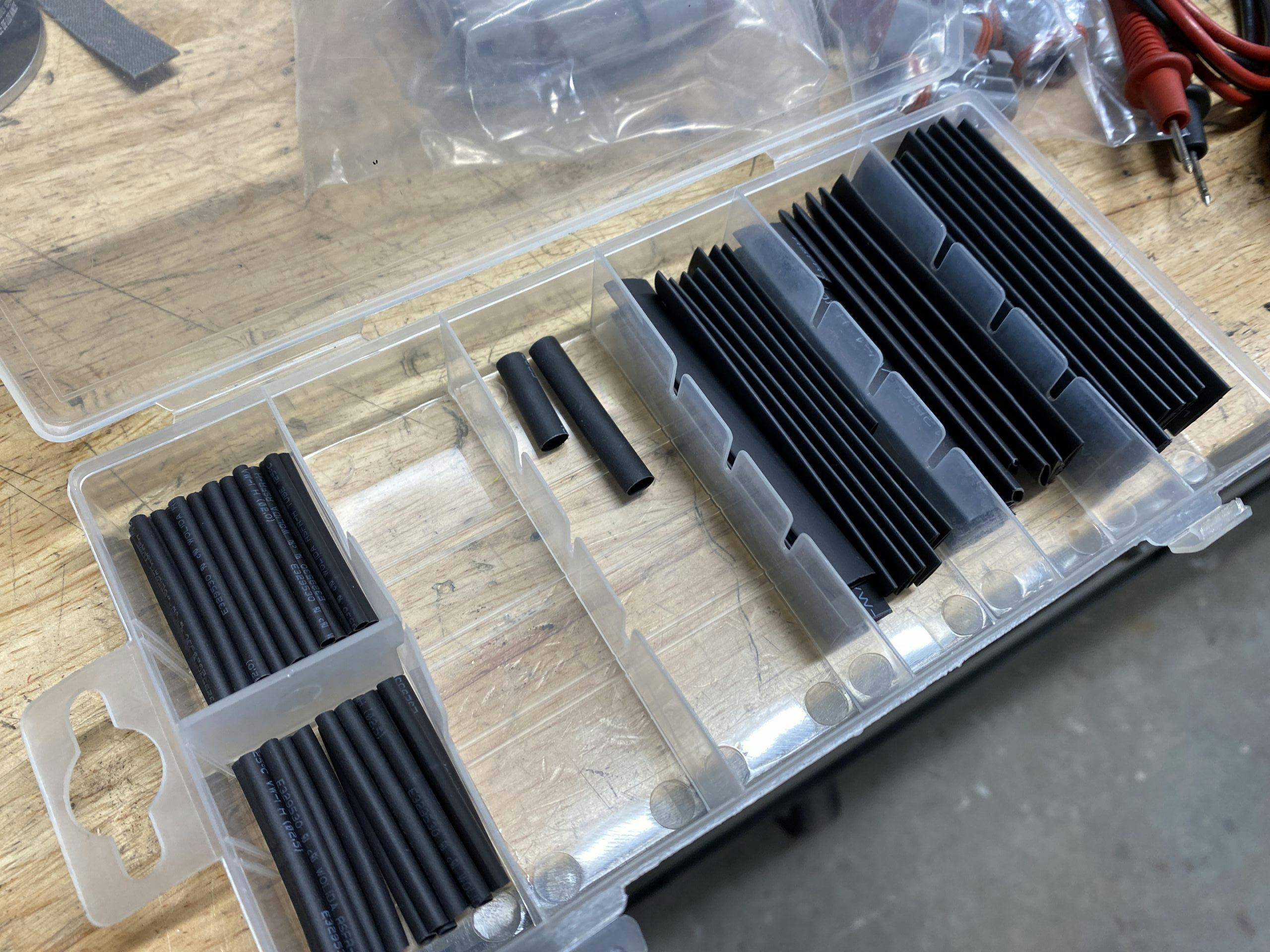
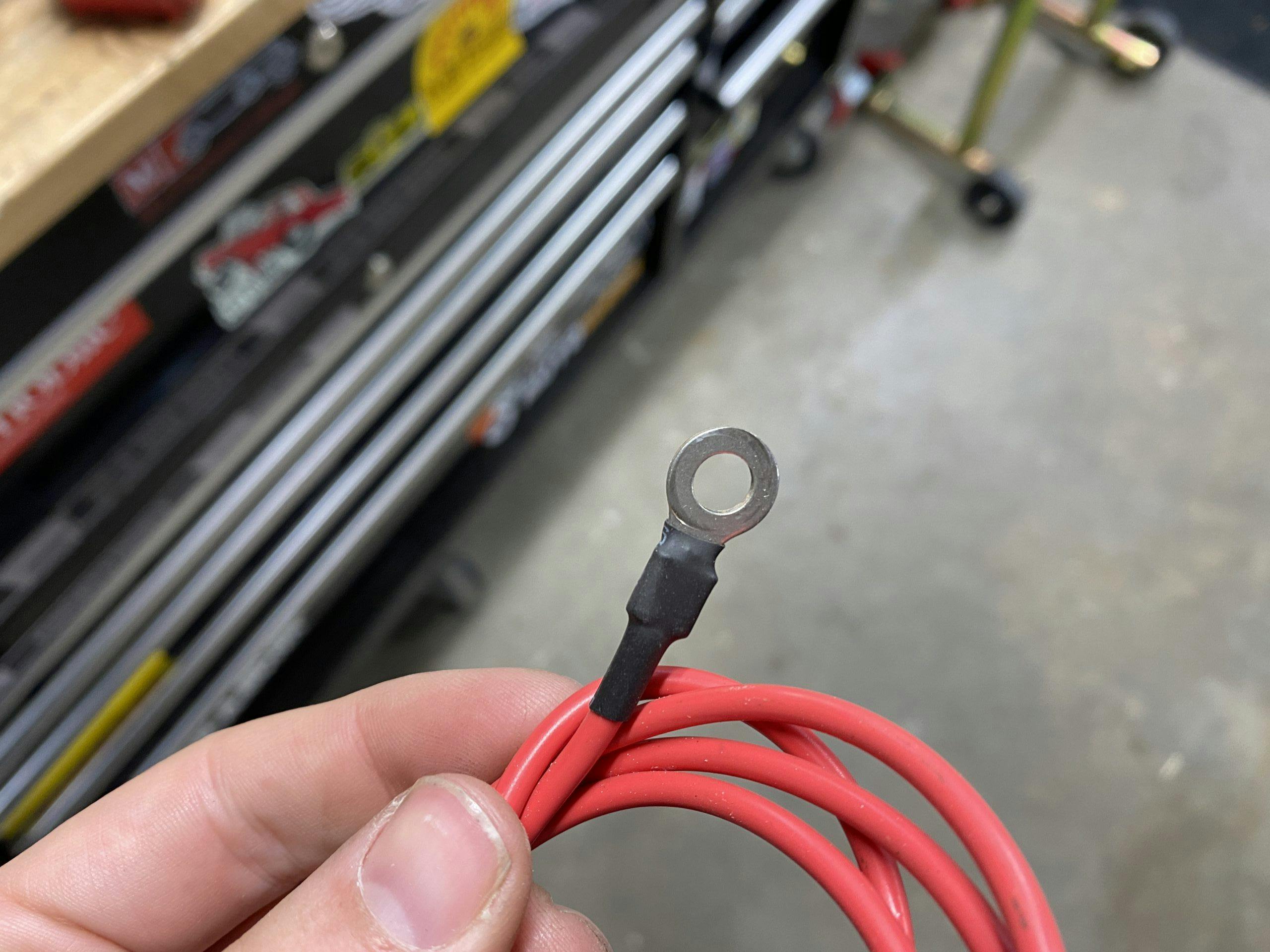
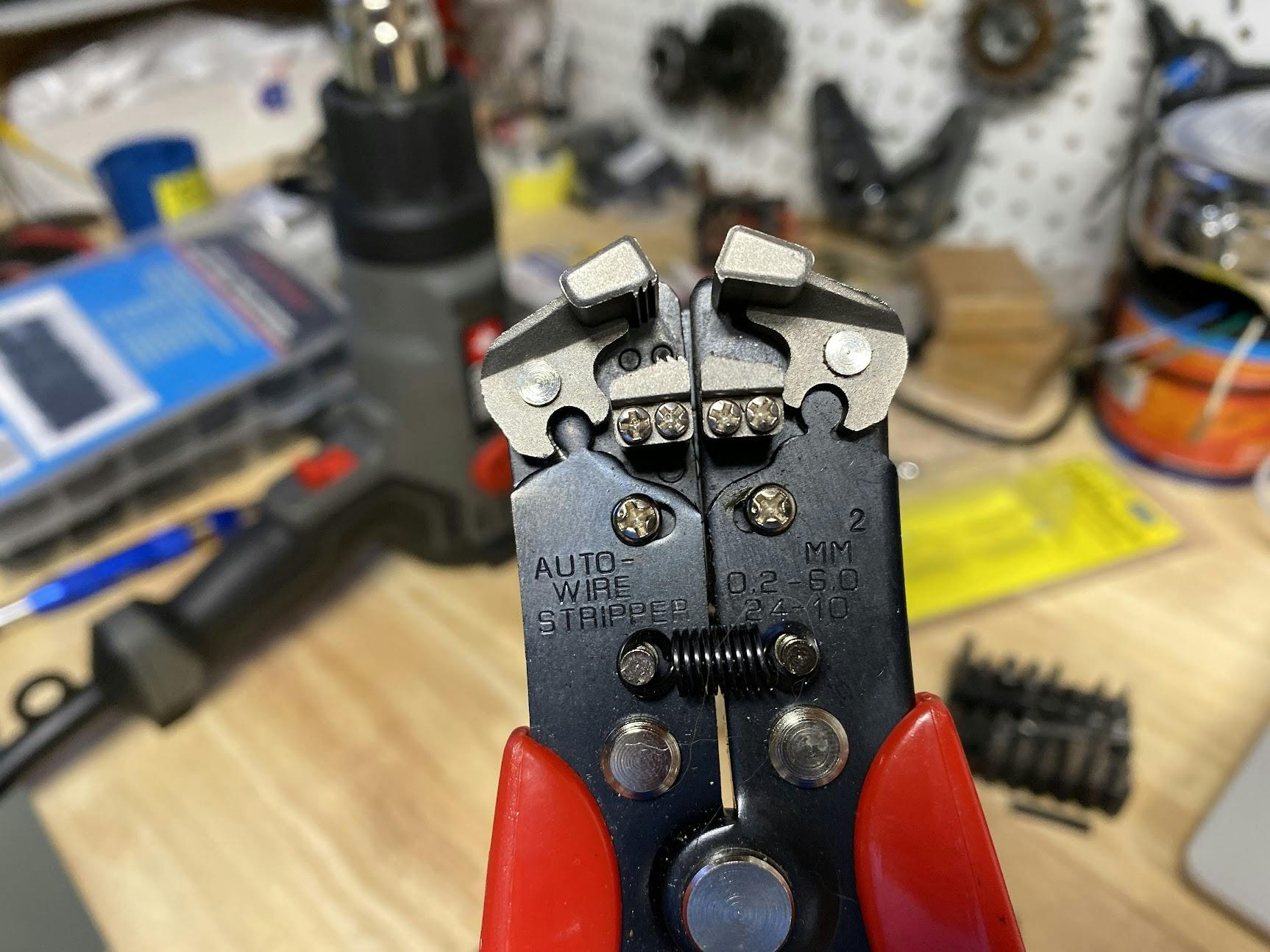
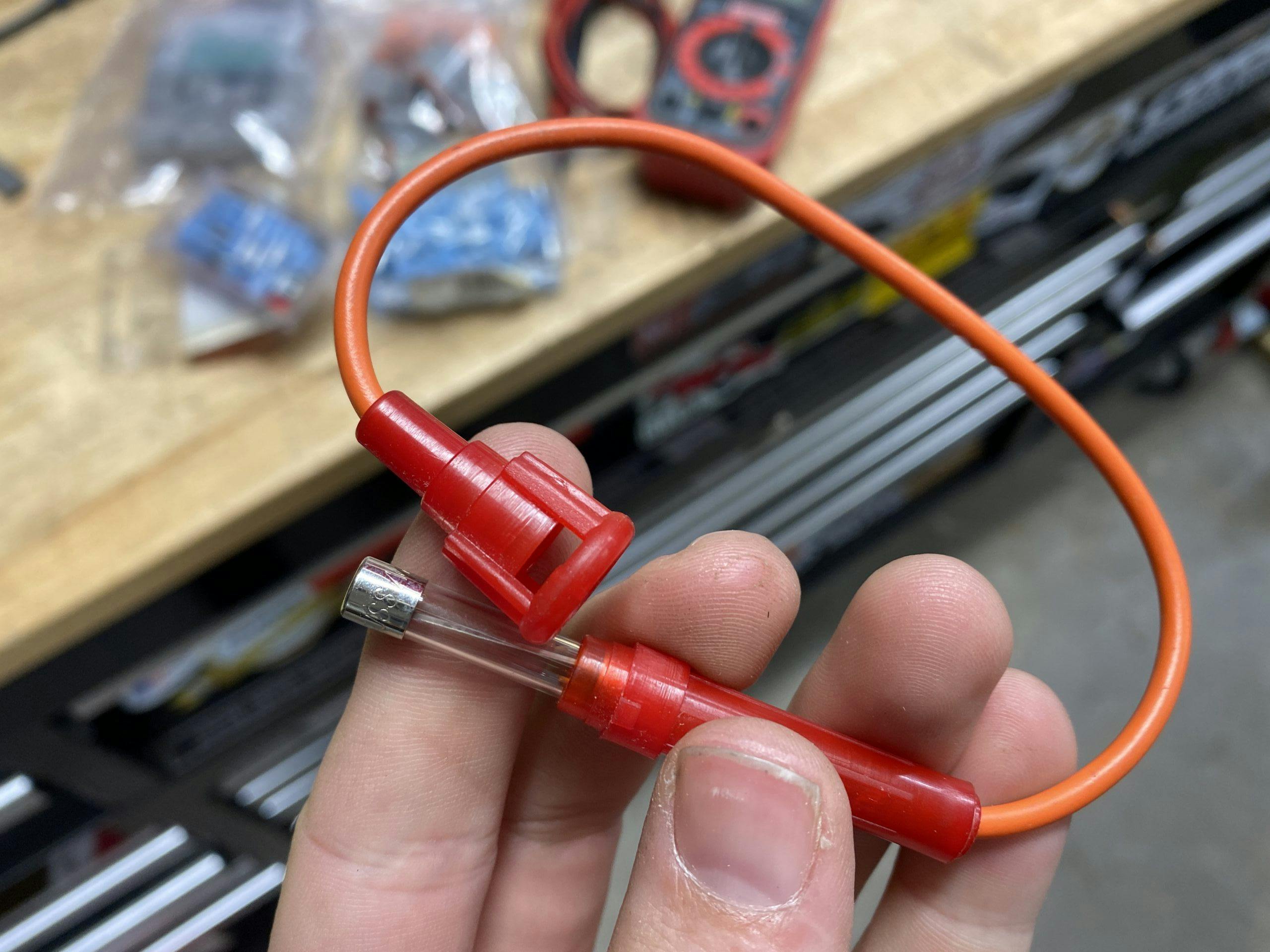

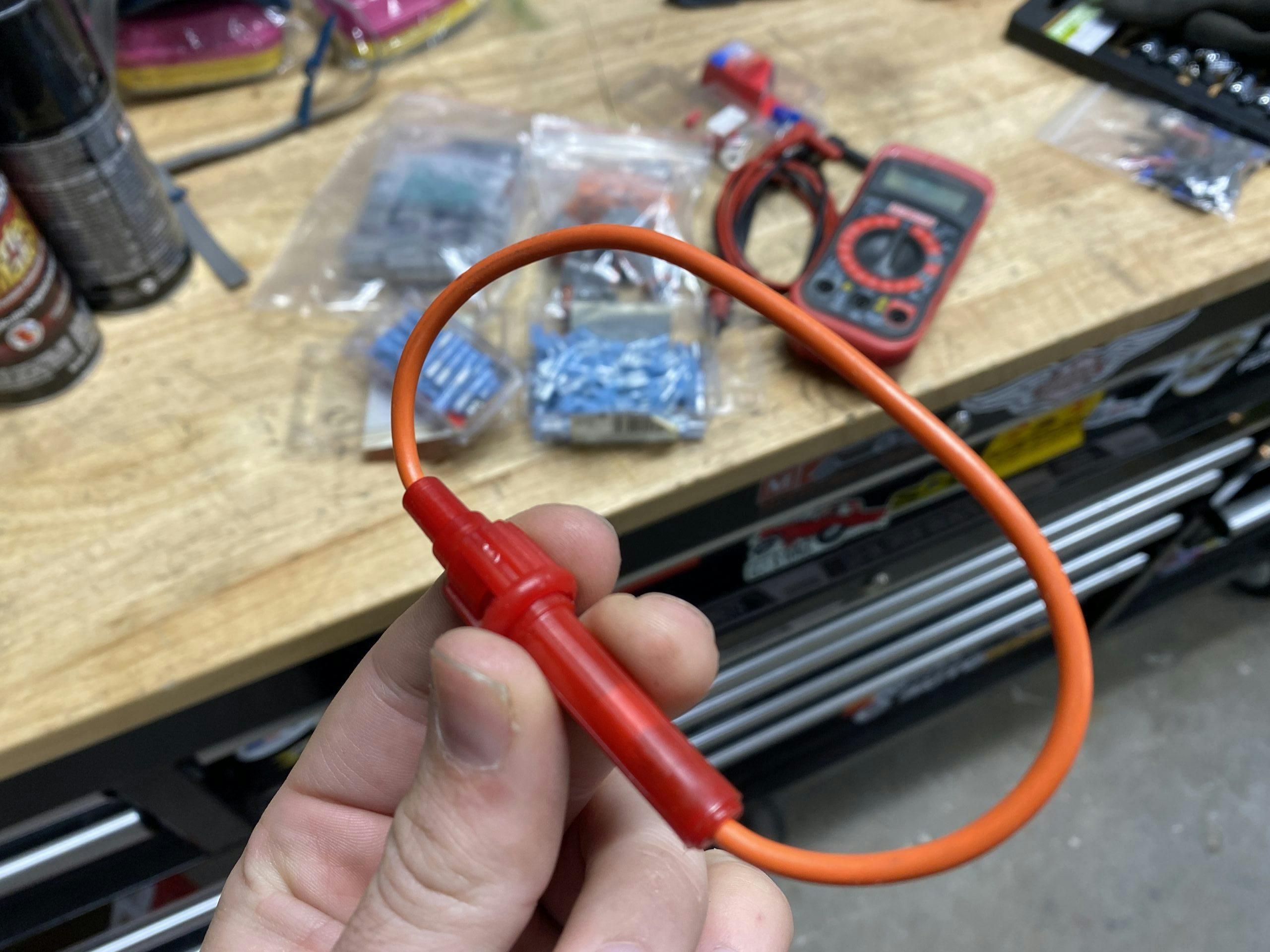


looking for manuals and wiring info for a 1948 REO Speed Wagon, 2 ton. 6 cyl flat head. I think that all wiring is subject and will need to be replaced. Any help would be appreciated.